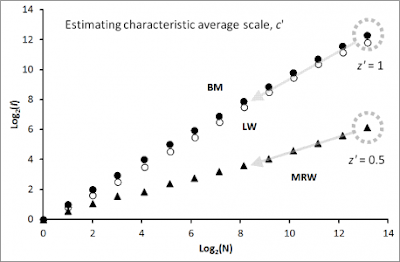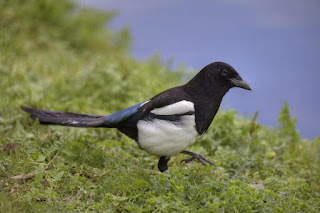MRW and Ecology – Part II: Space Use Intensity

Through the history of ecological methods, local intensity of habitat use has been equalized with local density of relocations. Using relative density as a proxy variable for intensity of habitat use rests on a critical assumption which few seems to be aware of or pay attention to. In this second post on Multi-scaled random walk (MRW) applications for ecological inference I describe a simple method, which rests on an alternative assumption with respect to space use intensity, applicable under quite broad behavioural and ecological conditions. One immediate proposal for application is analysis of habitat selection. First, consider counting number of GPS fixes, N, within respective area segments of a given habitat type h, A h1 , A h2 , …, A hi , …A hk , and calculating the average N pr. area unit of type h. Next, consider comparing this density D h with another density within a second habitat type j; i.e., D j , using the same area scale for comparison. If Dh>Dj one traditionally ...

